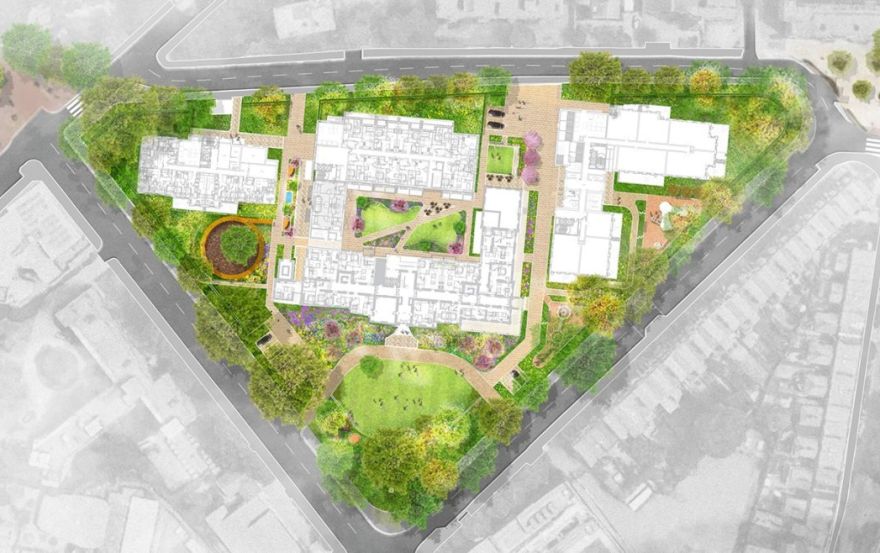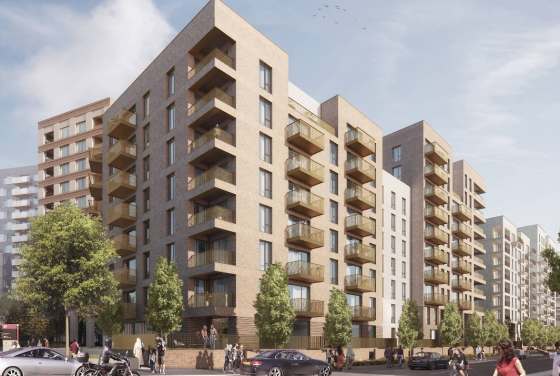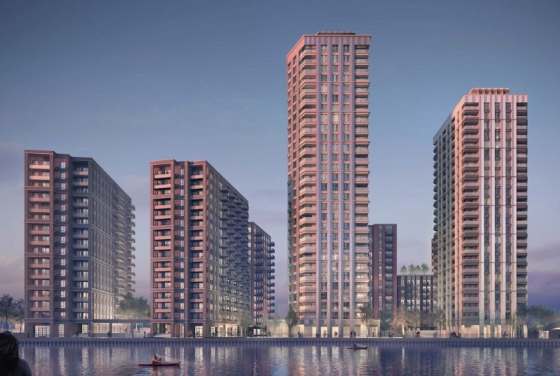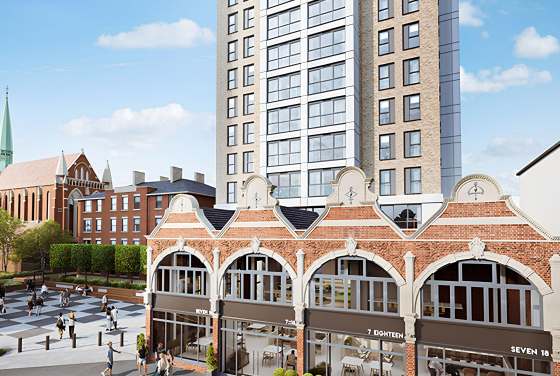Properties in this development on 07 January 2026
More information
Key features
What are you looking for?
Step 1 of 6ready to help you

What are you looking for?
Payment options
Features
- New Constructions: Five new buildings will be constructed to complement the existing historical structures.
- Adaptive Reuse: The project includes the adaptive reuse of the listed buildings, integrating new architectural elements to ensure modern functionality while preserving historical integrity.
- Public Square and Lawn: A new square on St James's Avenue and a public lawn at the former hospital site will enhance communal spaces for interaction.
- Preservation of Heritage: The plan includes the preservation of a veteran Mulberry tree, maintaining ecological and cultural continuity.
- Rich History: Originally established in 1851, the site has a deep historical significance, recognized with a Grade II listing by English Heritage in 2016.
Site Plan
Description
Situated within this historic enclave, Latimer's transformation of the Bethnal Green former London Chest Hospital site in E2 will deliver an exciting mix of new housing. Designed with a combination of innovative architecture and historic appreciation, the project is set to represent contemporary living whilst paying homage to the character of Oldham's past state, reflecting both three centuries worth traditions as well how various disciplines may lead one into modern-era oriented future.
Finding Your Dream Home: apartments in Former London Chest Hospital for sale
Project Details: The redevelopment project includes the conversion of the Grade II-listed main hospital building, Sanitary Tower and South Wing whilst retaining their historical character. It will deliver five new buildings, adding 274 homes (across half of which would be affordable housing) caringly knitted into the established resident base in Bethnal Green - including some very much needed for Social Rent; a grand total: 76.
Architecture The design approach consists of not only adaptive reuse of the existing listed structures, but also modern architectural implants. This balanced approach preserves the history of the site while also updating for urban living.
Community and Open spaces: At the heart of redevelopment is enhancing community open areas. The project includes a proposal to construct new square on St James's Avenue and re-landscape the existing historical formal lawn in front of the hospital, transforming it into public lawn that is available for use by everyone. These areas are designed to encourage community interaction and involvement without making a hard distinction from the surrounding urban environment.
Natural Heritage Conservation: One of the most striking aspects of the project was to conserve the old Mulberry tree, an iconic natural landmark in East London. This is illustrative of the intent to maintain ecological and cultural continuance in the development.
The ambitious project not only aims to provide new homes, but also re-energise a historically significant site and make it an example of community activism as well as heritage preservation in Bethnal Green.
Disclaimer*Property descriptions, images and related information displayed on this page are based on marketing materials found on the developer's website. 1newhomes does not warrant or accept any responsibility for the accuracy or completeness of the property descriptions or related information provided here and they do not constitute property particulars.
Buying an apartment in London – How much ROI and profit can it bring in 5 years?
capital
Local area map
Public Facilities
AutoScore Ranking
We have created an automatic ranking system for new-build homes in London based on several critical features around the development, like schools, parks, and transport infrastructure.
We have developed this new analytical tool to calculate the scores based on the location data. Note that AutoScore values are not set by us or anyone else – everything happens automatically.
Neighbourhood around Former London Chest Hospital
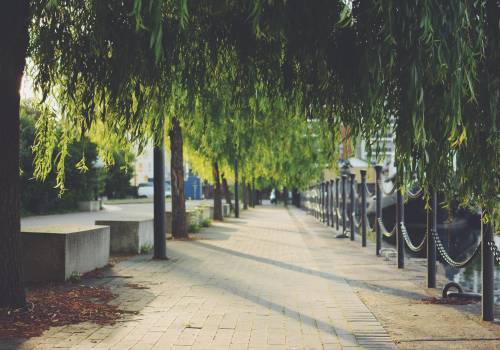
About East London
East London, home to the many most sought-after neighbourhoods in the capital, is often called a paradox. It is an area where the modern age meets history, and people of different incomes, interests, and believes perfectly live together. More about East London →Sales office

Learn more
Latest news
Public consultation has begun for innovative housing proposals at the site of the former London Chest Hospital in Bethnal Green, East London. The project, led by LDA Design and AHMM for Latimer, Clarion’s house building arm, plans to introduce up to 280 new homes in a car-free environment, enhancing shared spaces for residents. This development emphasizes landscape designs that boost local biodiversity and respectfully acknowledge the site's rich historical and heritage elements.
The London Chest Hospital, operational from 1855 until its closure in 2015, was crucial in treating tuberculosis, with its gardens playing a significant role in patient recovery. The new design reimagines these gardens to serve the community once more, featuring areas like a welcoming lawn, woodland play areas, and a community courtyard and square.
Key environmental and historical features are preserved under the new plans, including the site’s veteran black mulberry tree, reputed to be around 400 years old and considered the oldest tree in East London. The proposals also include refurbishing the hospital’s Grade II Listed main building, sanitary tower, and south wing, ensuring that the redevelopment maintains a connection to the site’s past while looking forward to its future.
The site has a rich history as an establishment in which specialists met previously, built by F. W. Ordish and open since 1851 this adds to the redevelopment also giving another layer. At Grade II building listed by English Heritage in 2016 its architectural and historical credentials have given the development a sensitivity of design.
Developer
Similar homes you may like
Developer offers
FAQs about Former London Chest Hospital
Property Details
Prices
Amenities

Leave a request and specialists will select the property









